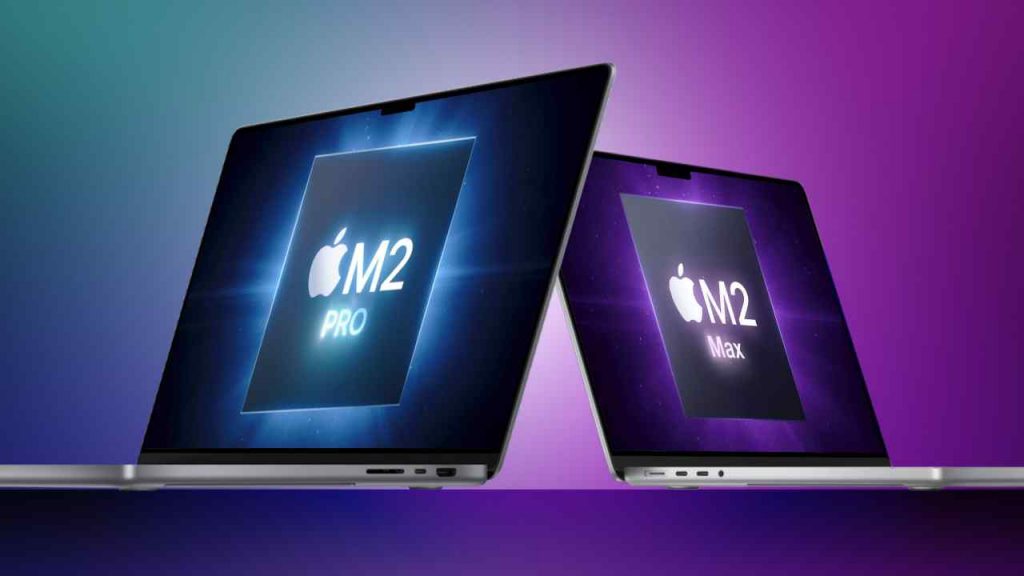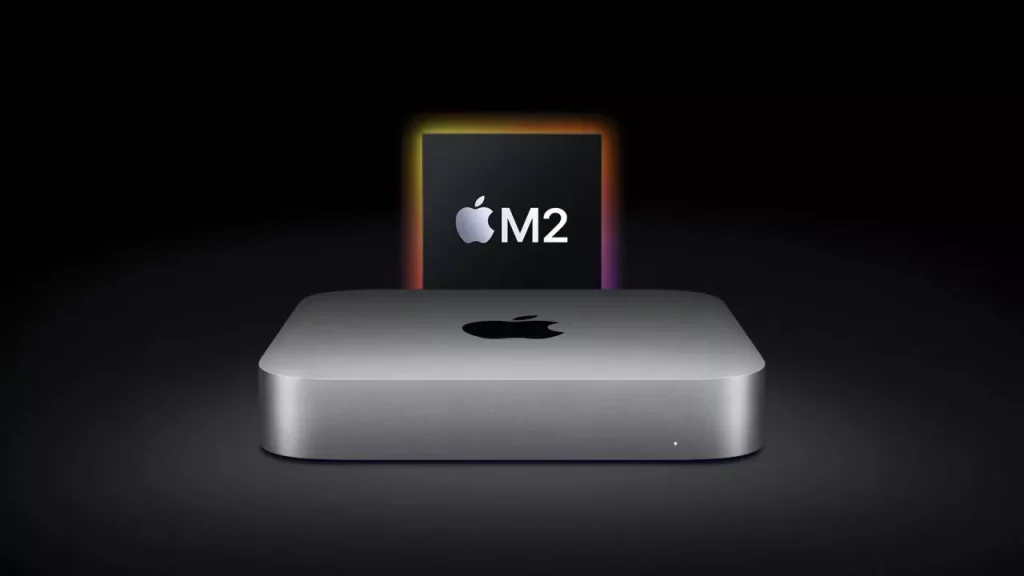Apple is taking the PC market by storm with its M-series processors. The process that began with the M1 continues successfully with the M2 Pro and Max. While everyone is wondering about the next move of the US tech giant, Apple chip designer Tim Millet hinted at the company’s future plans for Macs in a recent interview. Here are the details…
Future Macs likely to get annual updates
Apple chip designer Tim Millet talked about the company’s original goals for the development of the M1 chip, and how Apple is approaching work on each successive generation of Mac chip. The interview opens with Millet talking about the desire to completely reset expectations about what a laptop and desktop processor could achieve.

Millet spoke about the company’s goals for the development of the M1 chip and how Apple is approaching the design of each successive generation. Millet, who has been building chips for 30 years and has been with Apple for nearly 17, said that with the M1 chip, the company sought to reset expectations about what a laptop and desktop processor could achieve.
Designer Millet stated that Apple is taking the same approach to each successive generation of chip, and that the M2 family was designed to maintain the company’s leadership position by pushing technology to its limits. He also noted that Apple is in a unique position as it can work hand-in-hand with hardware and software teams when designing the chips.

Apple has historically updated the iPhone every year, but has been more random in the timing of Mac updates. Millet stated that Apple being in control of its own chip-development schedule will change this for future Macs. He said, “We don’t want the Mac to stray too far away from the technology curve.”
Apple has historically updated the iPhone every year, but has been more random in the timing of Mac updates. Millet stated that Apple being in control of its own chip-development schedule will change this for future Macs. He said, “We don’t want the Mac to stray too far away from the technology curve.”
RELATED:
- Apple Pushed the Limits of Technology for the M2 Chips: Execs
- Apple Working On Reverse Wireless Charging Tech for the iPhone: Report
- Apple Reclaims No. 1 Rank in Q4 2022 as Global Smartphone Yearly Shipments Decline
- An All-screen Apple Foldable Notebook Is in the Works, Could Launch in 2025
- Apple’s Emergency SOS Via Satellite Feature Saves Two Lives in Canada!
(via)







